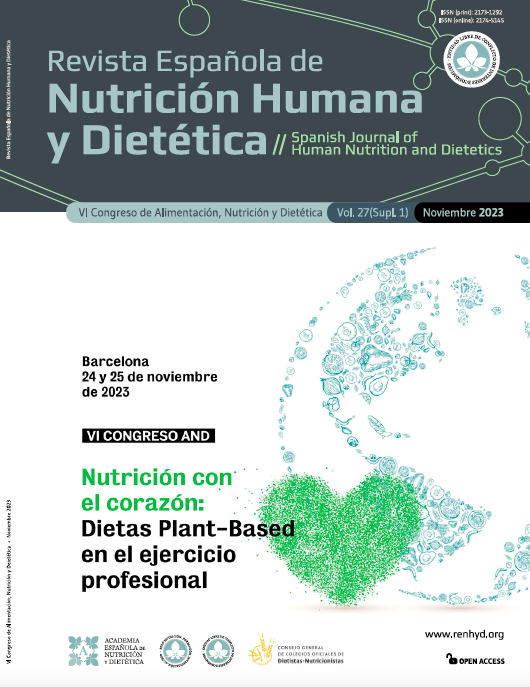Desarrollo de un nuevo producto en base a vegetales para niños, aplicando una técnica de cocción al vacío
Keywords:
-Abstract
-
References
(1) Arroyo, P. La alimentación en la evolución del hombre: su relación con el riesgo de enfermedades crónico degenerativas. Bol Med Hosp Infant Mex. 2008; 65(6): 431-40.
(2) U.S. Department of Health and Human Services, Public Health Service, Food and Drug Administration. Food Code [Internet] 2017. [Consultado 18 abril 2023]. Disponible en: https://www.fda.gov/media/110822/download.
(3) Lindström M, Kiviniemi K, Korkeala H. Hazard and control of group II (non-proteolytic) Clostridium botulinum in modern food processing. Int J Food Microbiol. 2006; 108(1): 92-104.
(4) Raggio L, Gambaro A, Ivankovich C. Healthy and Tasty: Focus Group Research on Vegetable Consumption among Children Aged 9 to 12. Mathews J Nutr Diet. 2016; 1(2): 009.
(5) Baldwin DE. Sous vide cooking: A review. Int J Gastron Food Sci. 2012; 1(1): 15-30.
(6) Lex. Reglamento (CE) n° 1441/2007 relativo a los criterios microbiológicos aplicables a los productos alimenticios [Internet] [Consultado 18 Abril 2023]. Disponible en: http://data.europa.eu/eli/reg/2007/1441/oj.
(7) Pagès J. Collection and analysis of perceived product interdistances using multiple factor analysis: Application to the study of 10 white wines from the Loire Valley. Food Qual Prefer. 2005;16(7): 642-9.
(8) Popper, R. & Kroll, J. (2007) Consumer testing of food products using children. In MacFie (Ed.), Consumer-Led Food Product Development. 1er. Edición, Woodhead Publishing Limited.
Downloads
Published
How to Cite
Issue
Section
License
Copyright (c) 2023 Laura Ma. Raggio, Adriana Gámbaro

This work is licensed under a Creative Commons Attribution-NonCommercial-ShareAlike 4.0 International License.











